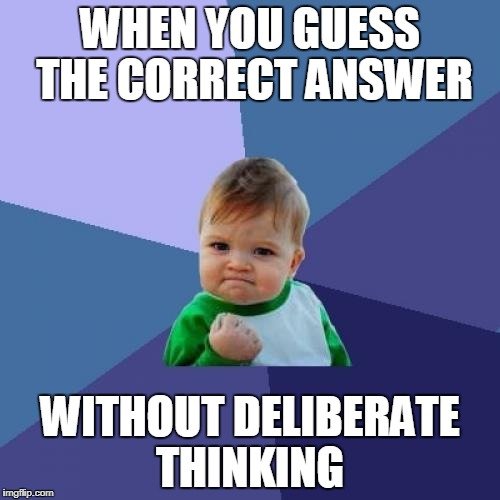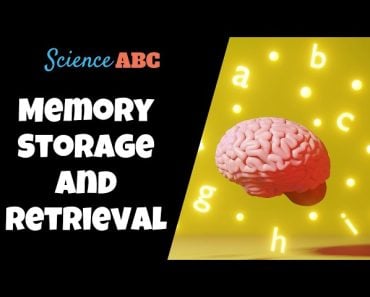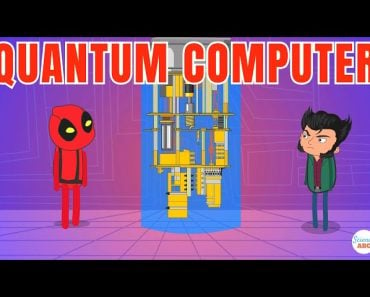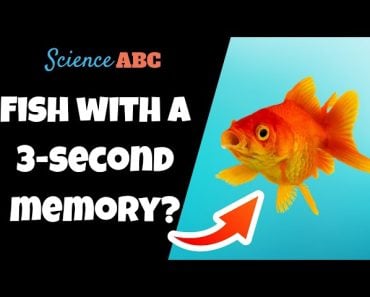Table of Contents (click to expand)
Chess is a game that requires logical thinking and decision-making. However, recent studies have shown that chess players also rely heavily on their memory and spatial skills. These skills are developed over years of practice and allow chess players to quickly process information and make advantageous moves.
I grew up in a house filled with piles of folded newspapers scribbled with ink marks around Sudoku boxes and wooden chess boards with hinges that closed like a suitcase, carrying kings and queens and their loyal troopers, along with a few animals. The wooden pieces would elegantly glide across the battlefield or make small hops that made a knocking sound on the board, loudest and usually accompanied by a sly grin when victory was finally achieved — checkmate.
My father and brother were nothing short of math wizards to me, and I have no shame admitting that I have never won a game against them. Rather, what interested me is how their brains conjured up a plethora of outcomes from a single move, a process that became increasingly more chaotic and ugly as the game progressed.
Recommended Video for you:
‘Chunking’ Theory
Chess is undeniably exhausting, and it heavily taxes our mental resources. Naturally, one would infer that chess requires a blend of logical or computational skills, as well as astute decision-making. In his Nobel prize-winning lecture, Daniel Kahnman claims that decision-making arises from two interacting systems. System 1 is fast, automatic and effortless; this is our intuition.
System 2, however, is slow, controlled and effortful, which is our deliberative thinking. There’s a consensus that professionals rely heavily on system 2 while playing chess.

One theory, known as the ‘chunking theory’, has shown that chess grandmasters recruit deliberative thinking and use their long-term memory to achieve success. These memories are accessed in large ‘chunks’, whereas an amateur relies on more recent memories to make sense of new information. These chunks are patterns of play that they memorize with intense practice, usually spanning decades!
Thinking in chunks allows these chess masters to process games more holistically than novices. Through severe training, it seems that their intuition is actually based on accumulated knowledge that is further honed and perfected by deliberation. Irrespective of its splendor and beauty, chess players literally seem to be artists who tend to look at the bigger picture when they gaze into their checkered drawing boards.
The study rates a player by his or her ability to decide the best move. The players are presented with boards in the middle of a game and asked to pick an advantageous move. It seems that experts can more rapidly perceive important aspects of the positions, and through a deliberative process, generate their best move. On the other hand, novices aren’t patient or capable enough to go through large simulations to decide their move, which results in weaker moves.

Why Logical Skills Aren’t Enough?
We know that logical thinking arises from the prefrontal cortex, but the advent of fMRI technology has led to new research on chess players that shows a lack of activation in the left lateral frontal lobe, which is normally associated with conventional intelligence and reasoning. Instead, there is activation in the parietal areas, suggesting that chess involves spatial skills.
The study puts the notion of recruiting logical circuits in doubt and makes it reasonable to ask whether playing good chess requires computational skills or spatial ones. It also suggests that the same area may be capable of handling more complex spatial tasks, such as mental rotation, simulating plausible moves in your head, and interaction between stored knowledge and incoming spatial information.

Stanislas Dehaene, director of the Cognitive Neuroimaging Unit and an experimental psychologist, advocates this view, claiming that humans and some animals are born with an intuitive sense of numbers and computation that is closely linked to spatial representation.
Memory doesn’t only behave as a vessel for vast amounts of knowledge but also to skillfully organize this knowledge. Chess relies on both general and visual-spatial intelligence, which is responsible for object or pattern recognition and their relations.
The DMN And Structural Changes
Moreover, the study shows that masters and grandmasters tend to effortlessly suppress what is called our Default Mode Network (DMN), as compared to novices, while engaged in a match. The DMN is one your brain’s most important neuronal networks and using it is the brain’s favorite guilty pleasure, given that it utilizes the least amount of purposeful thinking and lets your mind wander into irrelevant thoughts. Suppressing the DMN supplements concentration and helps chess players sharpen their focus.

Another study showed that compared to amateurs, experts showed reduced grey matter volume bilaterally in the caudate nucleus, the tiny part of the brain astride our thalamus. The authors associate this reduction or neuronal pruning with the elimination of redundant or unused synapses. These astonishing structural changes are owed to our neurological plasticity and its sculpting by long-term intensive chess training.
The number of possible moves in chess are more than the number of atoms in the observable universe. My childhood humiliations still haunt me and even thinking about the innumerable possibilities in which a game could go still makes me anxious. Playing chess requires an abstract skill set that relies on a multitude of cognitive functions and their interactions.
Grandmasters start at the age of 9 or 10, but some begin even earlier. Their deliberate practice fine-tunes their mental demands to this particular sport and augments their conceptual thinking to heights that baffle us “mere mortals”.
References (click to expand)
- Moxley, J. H., Anders Ericsson, K., Charness, N., & Krampe, R. T. (2012, July). The role of intuition and deliberative thinking in experts’ superior tactical decision-making. Cognition. Elsevier BV.
- Amidzic, O., Riehle, H. J., Fehr, T., Wienbruch, C., & Elbert, T. (2001, August). Pattern of focal γ-bursts in chess players. Nature. Springer Science and Business Media LLC.
- A functionalMRIstudyofhigh-levelcognition.I.Thegameofchess - sheng-lab.psych.umn.edu
- Chess Masters Help Researchers Understand How We See the World - UT Dallas News - www.utdallas.edu:80
- Hänggi, J., Brütsch, K., Siegel, A. M., & Jäncke, L. (2014, September). The architecture of the chess player׳s brain. Neuropsychologia. Elsevier BV.













